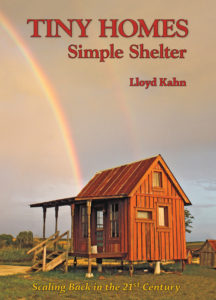 There’s a grassroots movement in tiny homes these days. The real estate collapse, the economic downturn, burning out on 12-hour workdays — many people are rethinking their ideas about shelter — seeking an alternative to high rents, or a lifelong mortgage debt to a bank on an overpriced home.
There’s a grassroots movement in tiny homes these days. The real estate collapse, the economic downturn, burning out on 12-hour workdays — many people are rethinking their ideas about shelter — seeking an alternative to high rents, or a lifelong mortgage debt to a bank on an overpriced home.
In this book are some 150 builders who have taken things into their own hands, creating tiny homes (under 500 sq. ft.). Homes on land, homes on wheels, homes on the road, homes on water, even homes in the trees. There are also studios, saunas, garden sheds, and greenhouses.
There are 1,300 photos, showing a rich variety of small homemade shelters, and there are stories (and thoughts and inspirations) of the owner-builders who are on the forefront of this new trend in downsizing and self-sufficiency.



At the heart of our 1973 book Shelter were drawings of 5 small buildings, which we recommended as a starting point in providing one’s own home. Now, almost 40 years later, there’s a growing tiny house movement all over the world — which we’ve been tracking over the past two years.
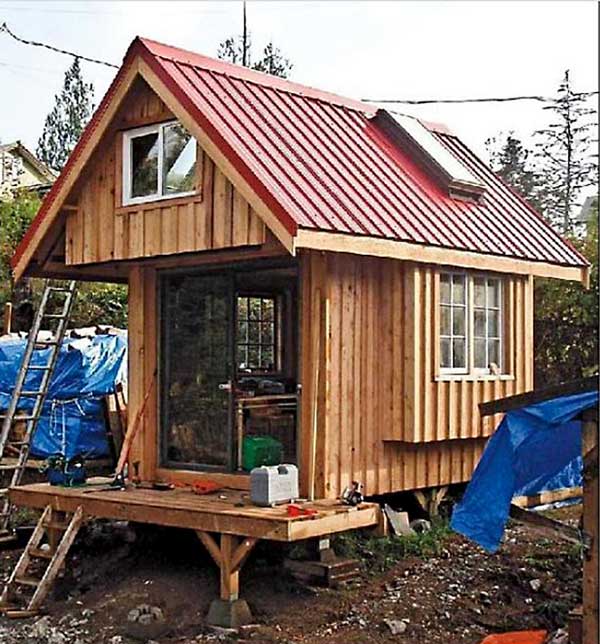
This board and batten tiny home is under construction in British Columbia.
Many people have decided to scale back, to get by with less stuff, to live in smaller homes. You can buy a ready-made tiny home, build your own, get a kit or pre-fab, or live in a bus, houseboat, or other movable shelter. Some cities have special ordinances for building “inlaw” or “granny flats” in the back yard. There are innovative solutions in cities, such as the “capsules” in Tokyo. There are numerous blogs and websites with news, photos, and/or plans for tiny homes, documented here. You can find the book on Amazon.
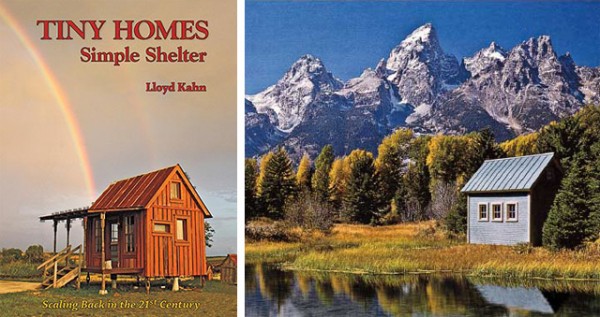
More photos from tiny homes below:

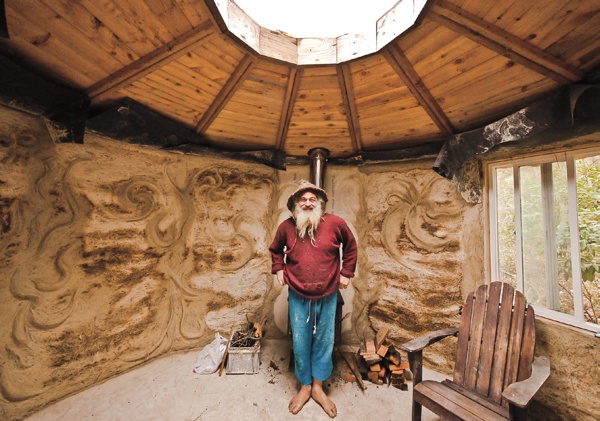

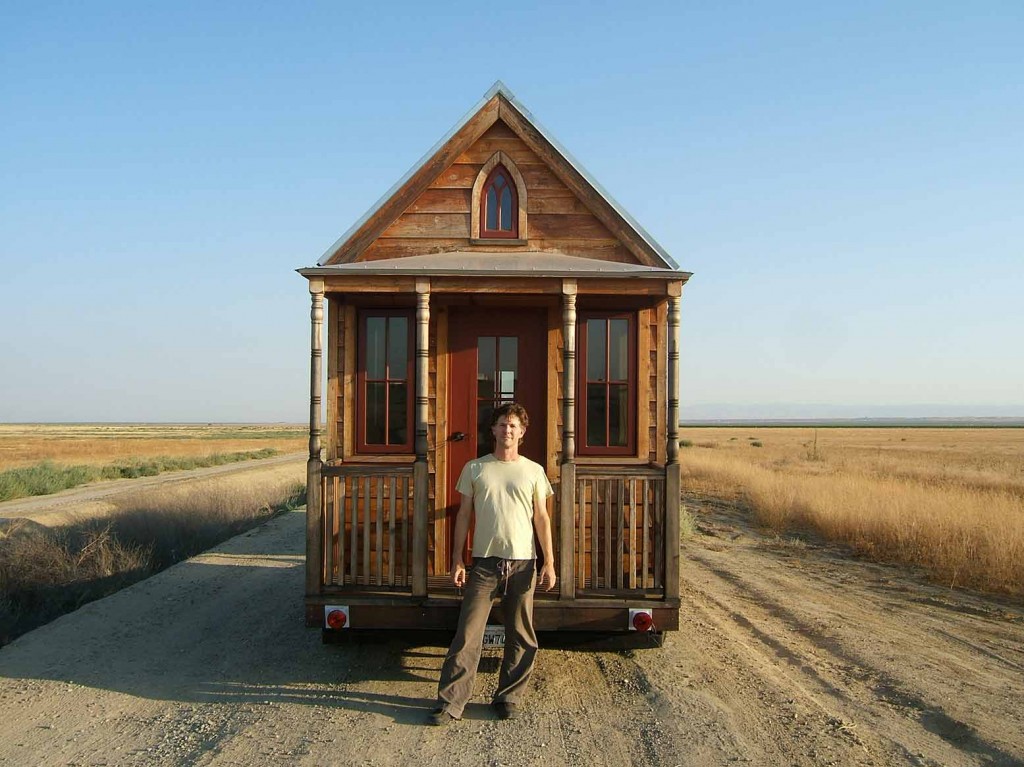
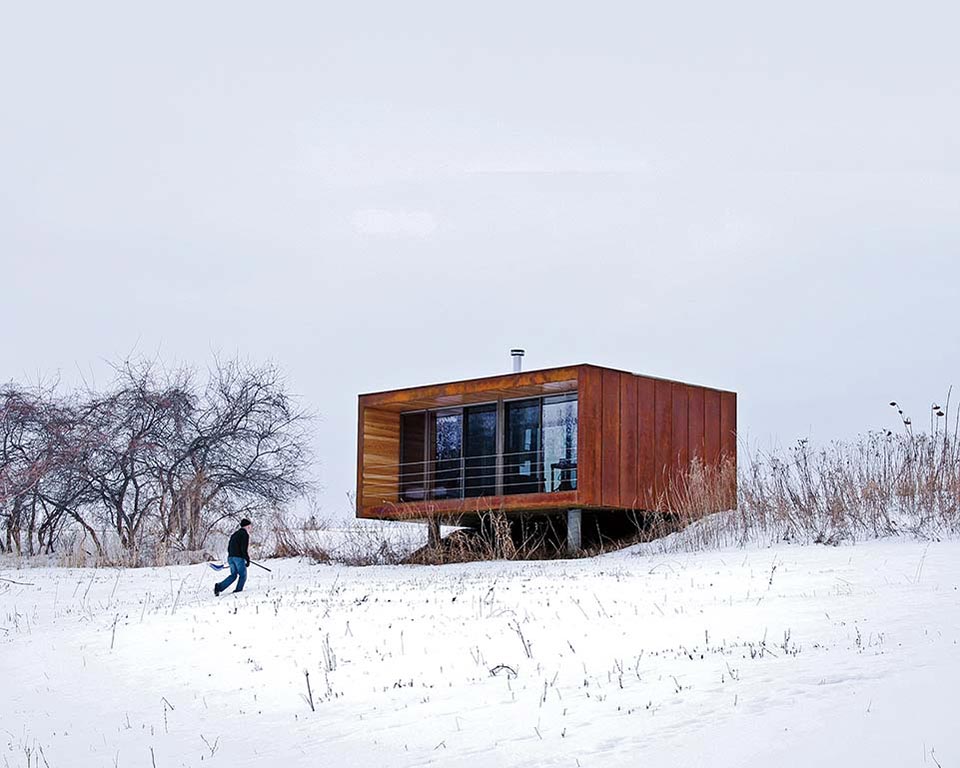
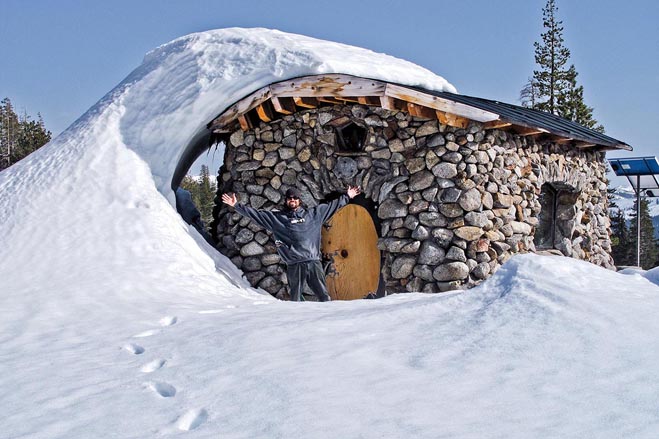
From the book “Tiny Homes: Simple Shelter” by Lloyd Kahn
Mike Basich’s stone and wood cabin in the Sierra mountain wilderness. (p. 8)
Photo CREDIT: Evan Kahn
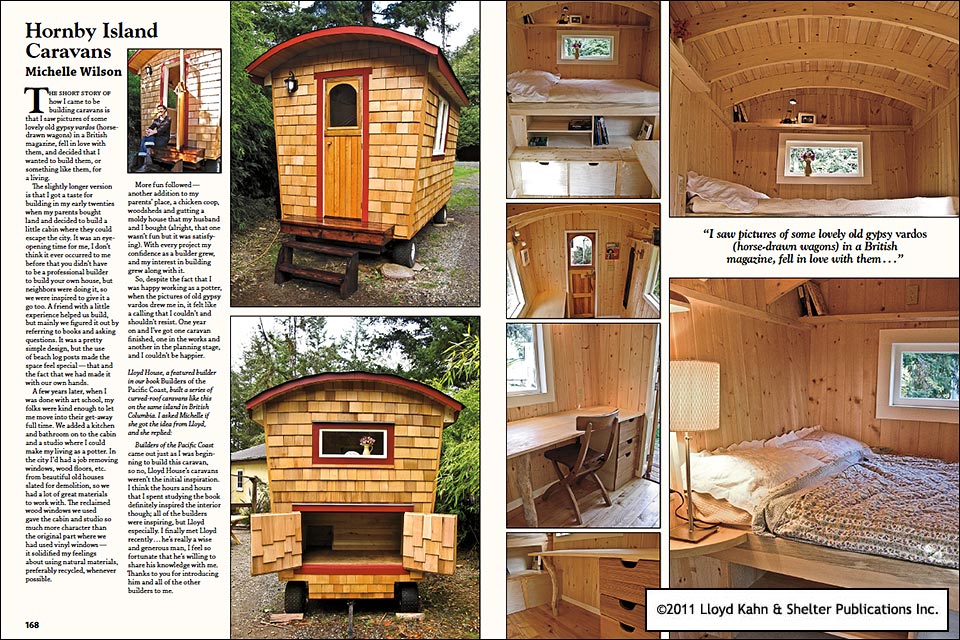
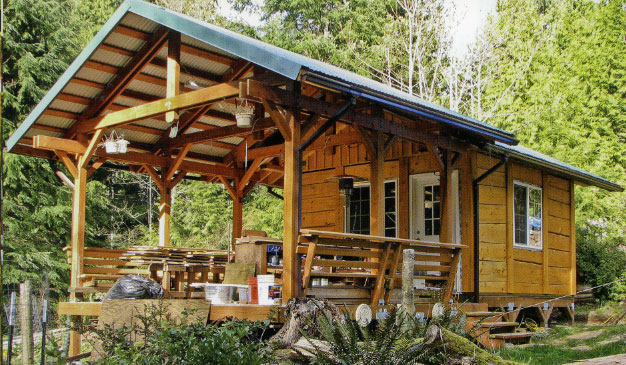
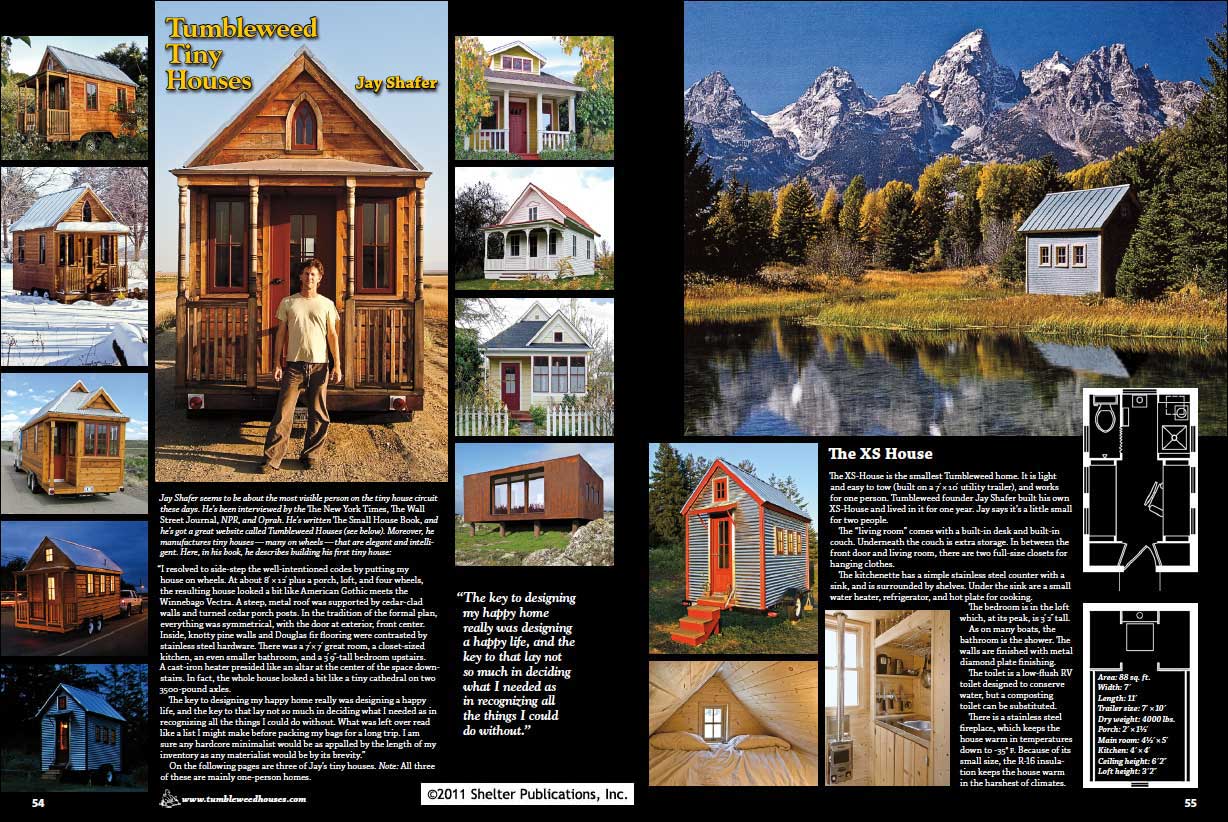
No Comments Yet